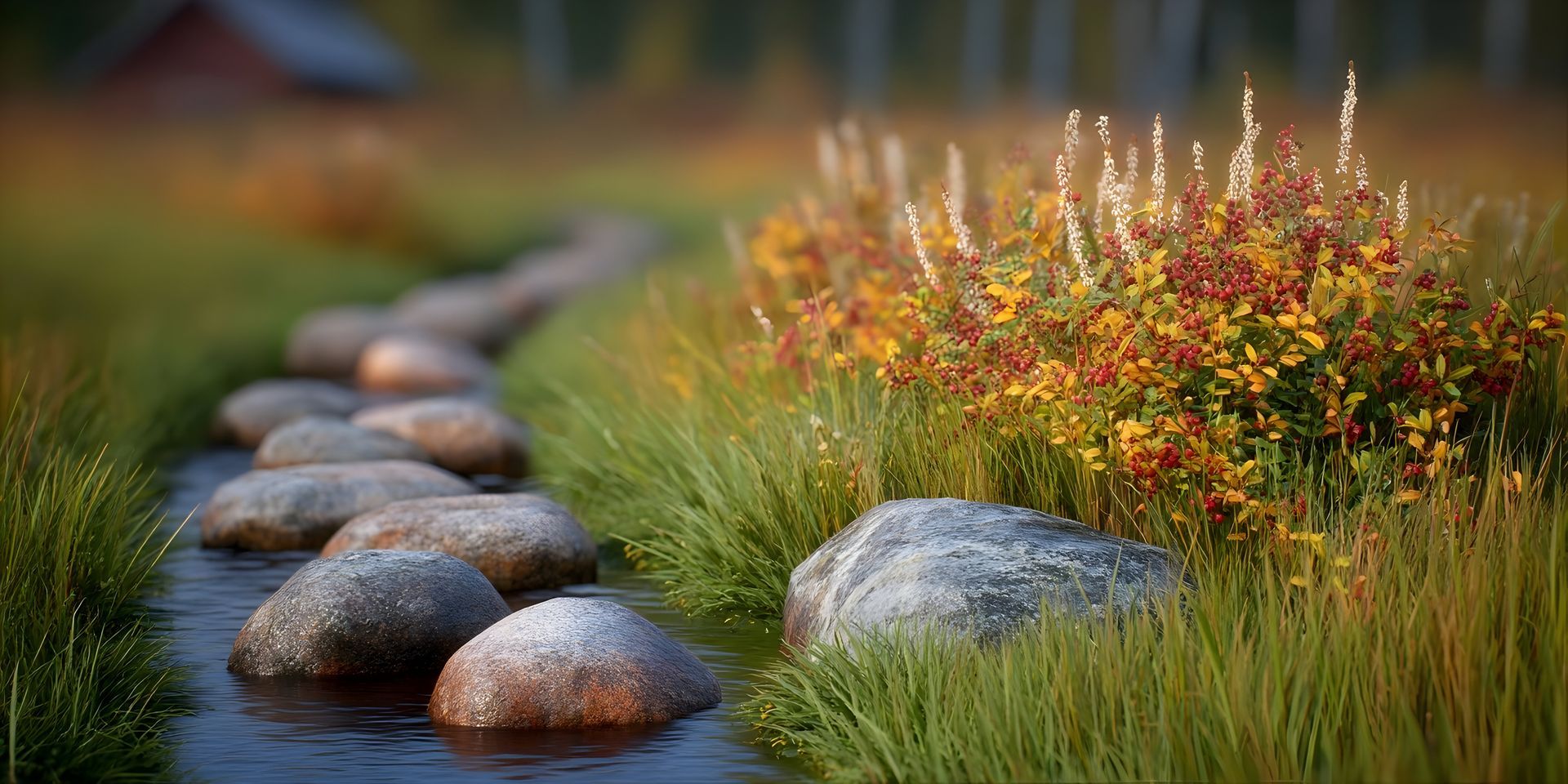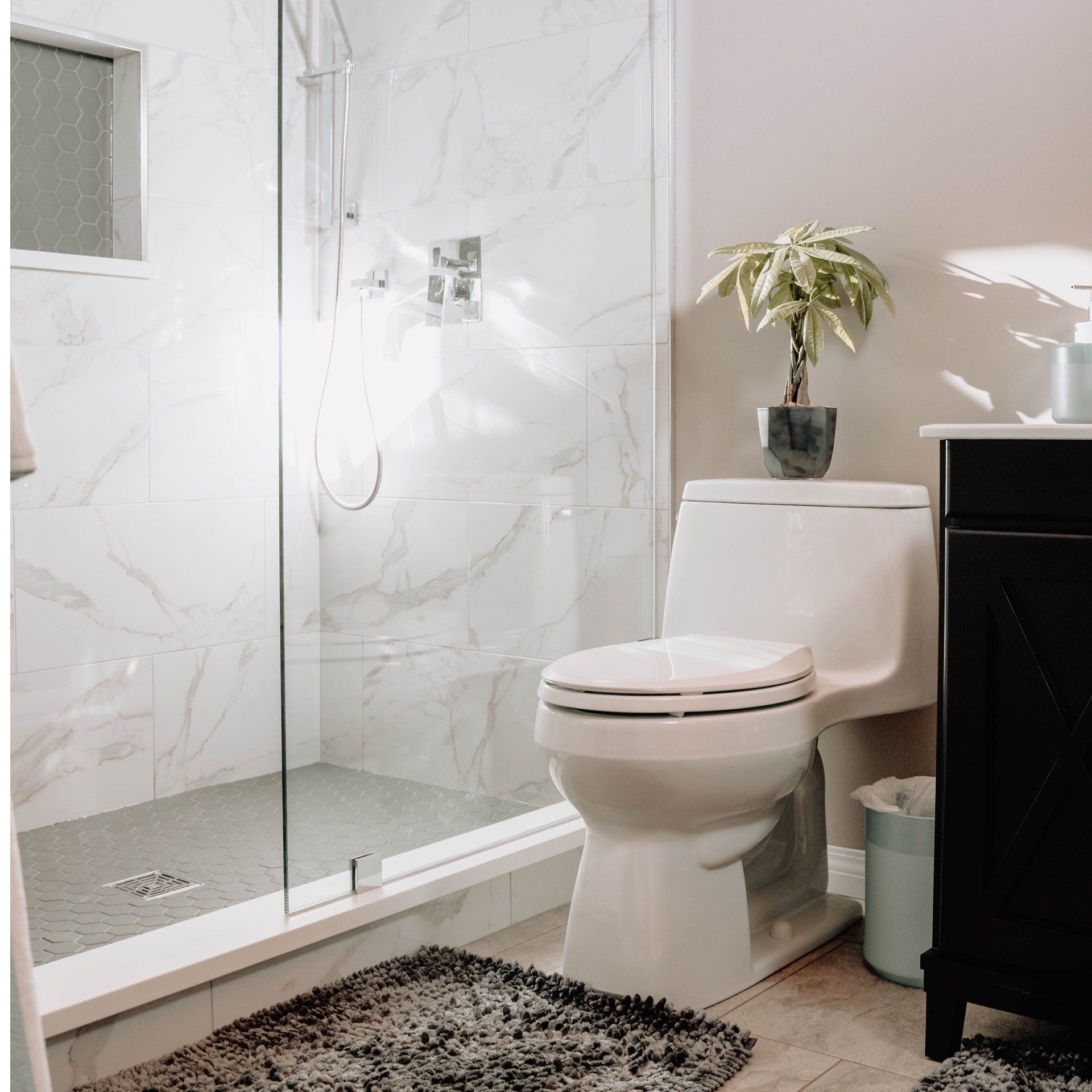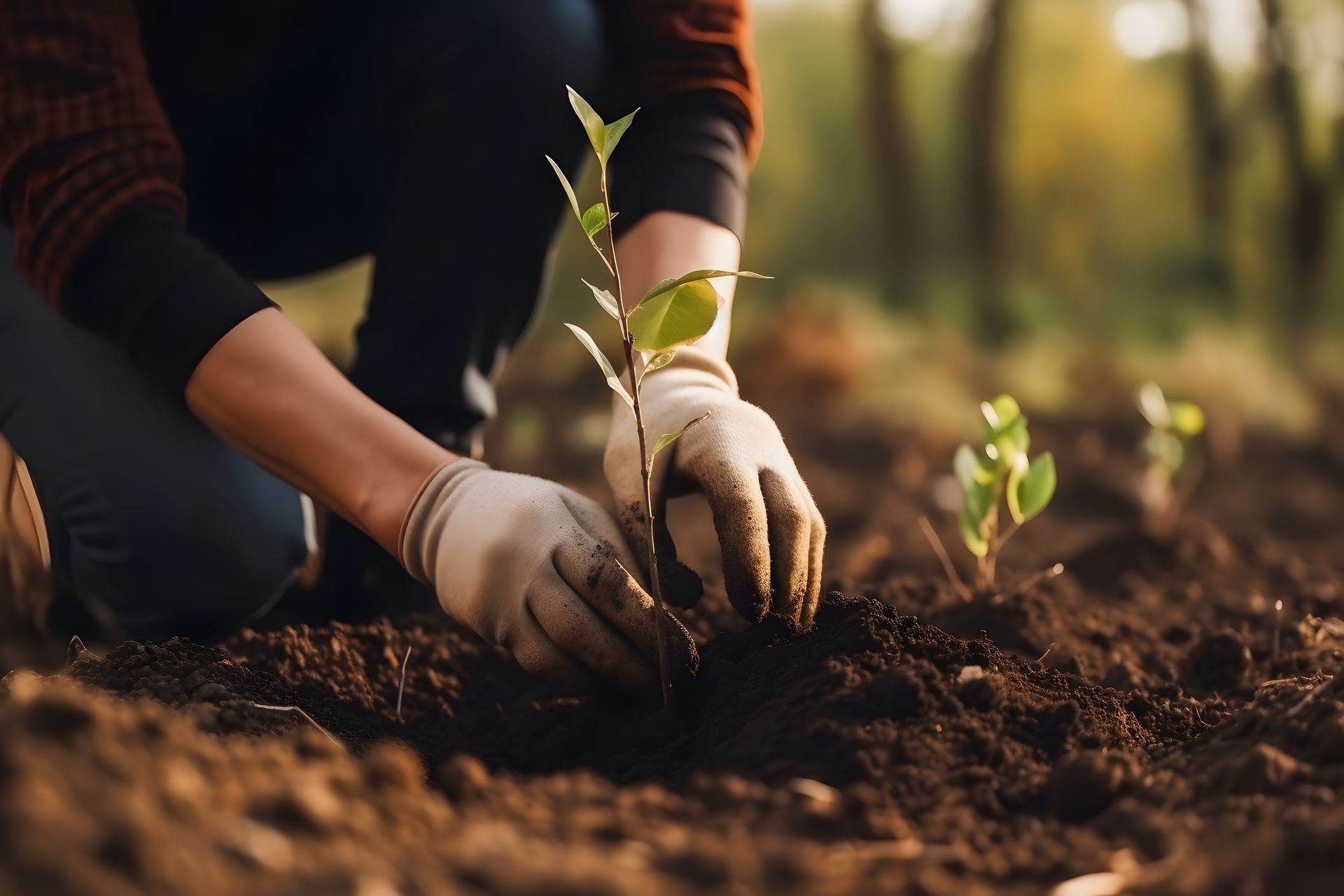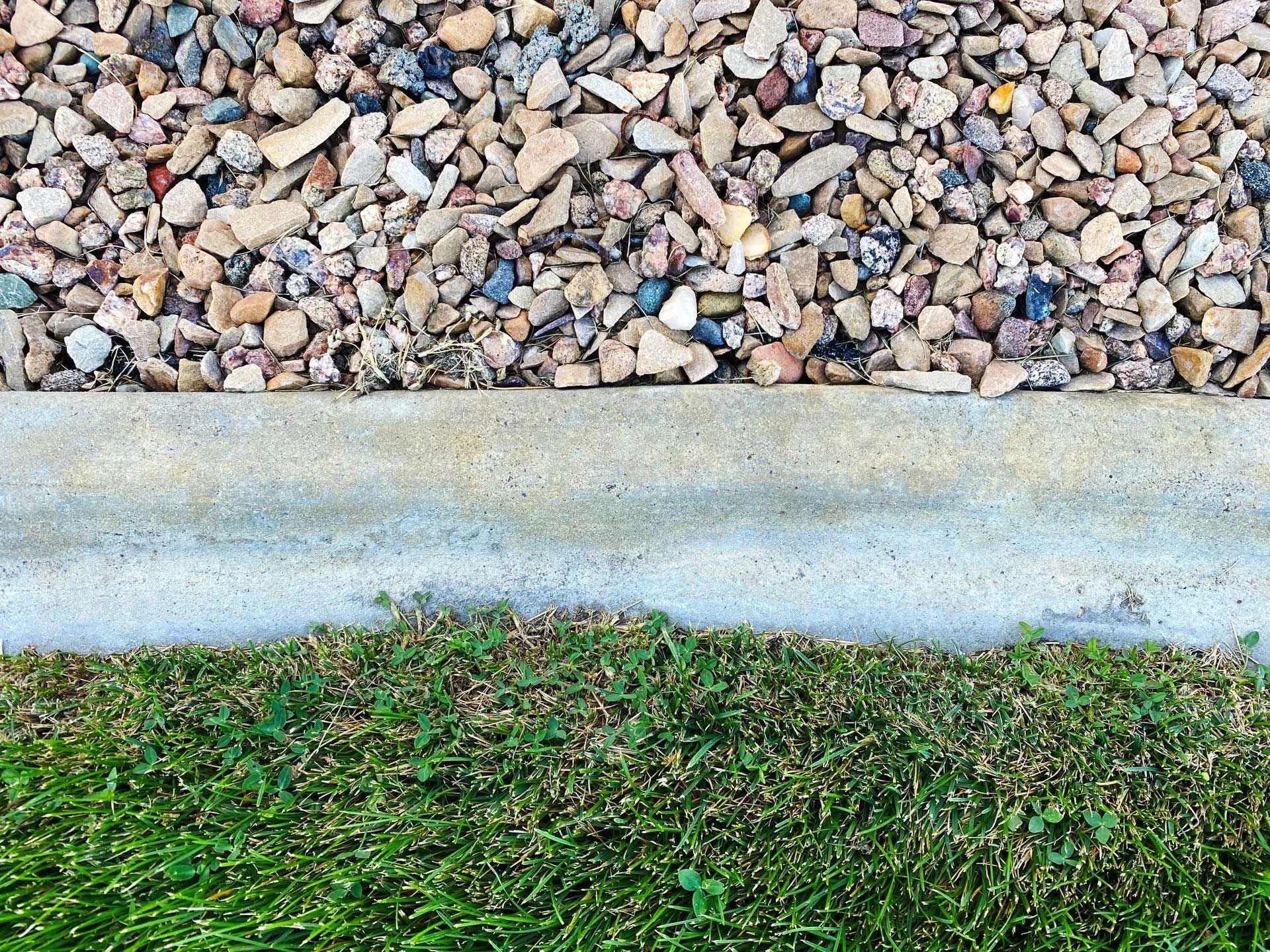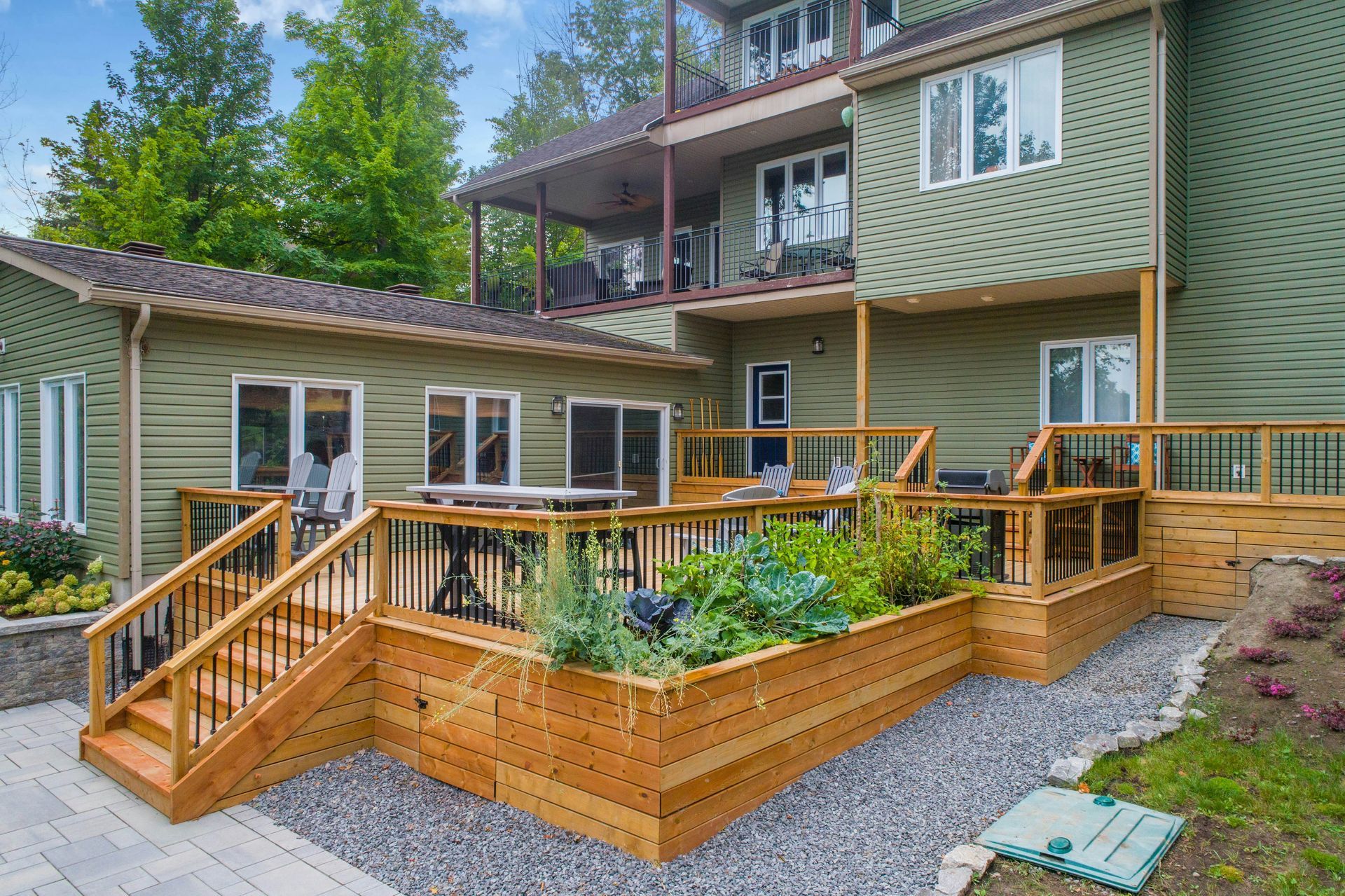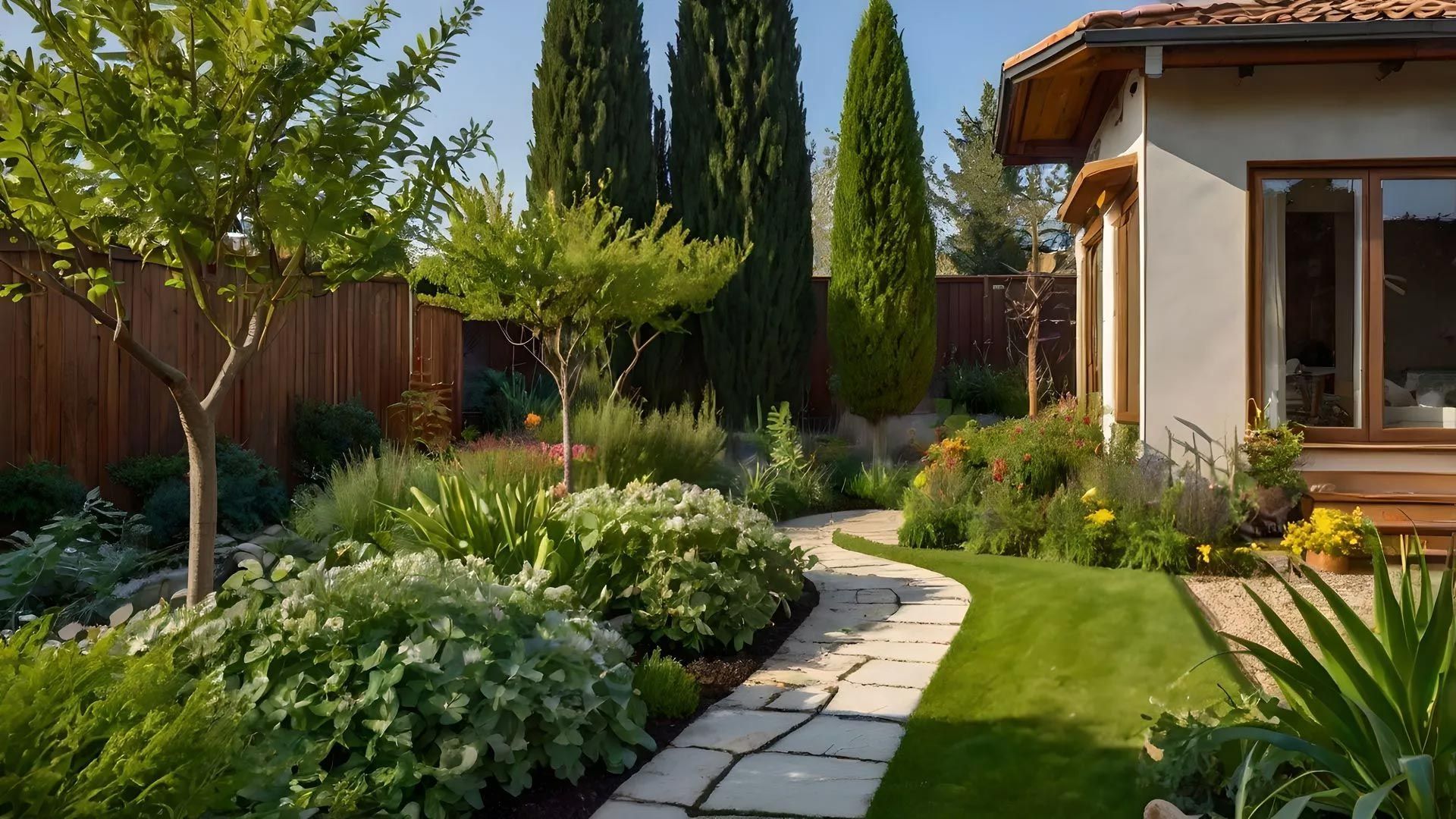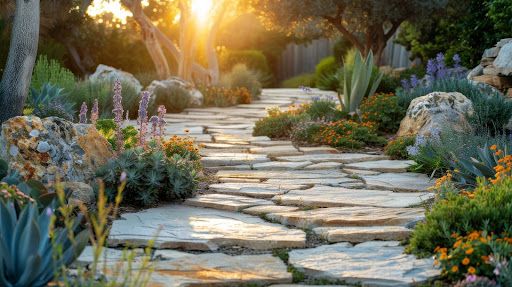Understanding Soil for Better Landscaping
When envisioning a beautiful landscape, most people focus on plant selection, layout, and hardscape features. However, the foundation of any healthy and thriving landscape is often overlooked: the soil beneath your feet.
At California Exteriors Incorporated, we know that understanding soil types and their management is fundamental for successful landscaping across California's diverse environments.
In this guide, we’ll explore how soil composition influences plant health, review the primary soil types in California, explain how to test your soil, and share strategies for soil improvement. We’ll also compare organic and chemical soil treatments, helping you make informed decisions for your landscape’s long-term vitality.
The Importance of Soil Composition in Landscape Design
Soil is much more than just “dirt.” It’s a dynamic ecosystem teeming with microorganisms, minerals, water, and organic matter, all of which are critical for plant growth. The composition of your soil directly impacts water retention, drainage, nutrient availability, and root development. Well-prepared soil can mean the difference between a flourishing garden and one that struggles.
Healthy soil supports strong root systems, which anchor plants, absorb nutrients, and resist pests and diseases. For landscape professionals and homeowners alike, investing in soil health is a key step in creating sustainable, beautiful outdoor spaces.
Primary Soil Types in California
California’s diverse geography gives rise to a variety of soil types, each presenting unique opportunities and challenges for landscaping. Understanding your local soil is crucial for selecting plants and developing effective soil management strategies.
Sandy Soil
Common in coastal regions, sandy soils are gritty and drain quickly but do not retain nutrients well. Plants may require more frequent watering and fertilization.
Clay Soil
Often found in valleys and low-lying areas, clay soil is dense and holds water, sometimes leading to poor drainage. While nutrient-rich, it can become compacted, making root growth difficult.
Silt Soil
Silt soils have a smooth texture and retain moisture better than sandy soils but can still drain adequately. They are often found along riverbeds and in floodplains.
Loam Soil
Loam is ideal for most landscapes, offering a balanced mix of sand, silt, and clay. Loamy soils provide excellent drainage, nutrient retention, and workability.
Decomposed Granite and Serpentine Soils
In certain California regions, especially the foothills and mountains, you may encounter decomposed granite or serpentine soils, which can be low in organic matter and essential nutrients.
For more information on California’s soil regions, visit the USDA Web Soil Survey.
Soil Testing: The First Step to a Healthy Landscape
Before planting or amending your soil, understand its current condition. Soil testing reveals valuable information about pH, nutrient levels, texture, and organic matter content. Professional landscapers and gardeners often rely on laboratory soil tests, but home kits are also available.
A comprehensive soil test can help you:
- Identify nutrient deficiencies or toxicities
- Assess soil pH, which influences nutrient availability
- Determine the need for amendments such as compost, lime, or sulfur
Testing should be done at least once before major landscape projects and periodically thereafter.
Strategies to Amend Soil for Improved Fertility
Once you’ve identified your soil type and test results, you can develop a plan to enhance fertility and structure. The right amendments depend on your soil’s unique needs:
- For Sandy Soils: Incorporate organic matter such as compost or well-rotted manure to improve water and nutrient retention.
- For Clay Soils: Add organic matter to enhance drainage and aeration. Gypsum can also help break up heavy clay.
- For Silt Soils: Regular additions of organic material can help prevent compaction and maintain good structure.
- For Soils Low in Nutrients: Use balanced organic fertilizers or slow-release chemical fertilizers as recommended by your soil test results.
Organic vs. Chemical Soil Treatments: Long-Term Considerations
When enriching soil, you’ll encounter a choice between organic and chemical treatments. Both have their place in landscape management, but their long-term effects differ.
Organic Soil Treatments
Organic amendments like compost, mulch, and cover crops feed soil microorganisms and improve soil structure over time. According to the Rodale Institute, organic treatments lead to healthier, more resilient soil ecosystems, better water retention, and reduced erosion. They also minimize the risk of chemical runoff affecting local waterways.
Chemical Soil Treatments
Chemical fertilizers deliver nutrients in a readily available form, offering quick results for nutrient-deficient soils. However, overuse can lead to nutrient runoff, groundwater contamination, and a decline in soil health due to the suppression of beneficial microorganisms. The EPA highlights the importance of responsible fertilizer use to protect the environment.
For most landscapes, a balanced approach that prioritizes organic matter and uses chemical fertilizers sparingly—only as indicated by soil testing—yields the best results over time.
Building a Foundation for Beautiful California Landscapes
Whether you’re designing a drought-tolerant garden in Los Angeles or a lush backyard retreat in Sacramento, understanding your soil is the first step toward sustainable landscaping success. By investing in soil health, you set the stage for vibrant, resilient plants and a landscape that thrives for years to come.
If you’d like expert help with soil testing, amendment, or landscape design tailored to your property’s unique conditions, contact California Exteriors Incorporated today. Our team is dedicated to building outdoor spaces that flourish from the ground up.
